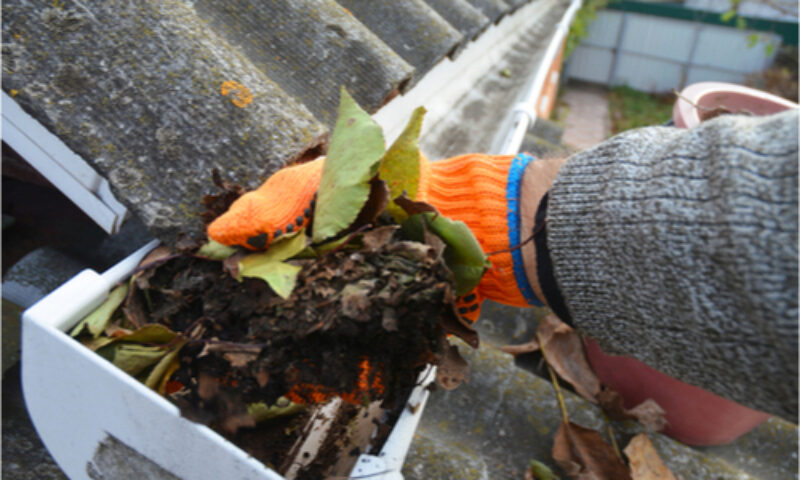As autumn approaches, here are seven things you can do to get your home ready for the colder months ahead. They can help you create a more comfortable environment and a space you can enjoy.
1. Check your heating system is operating efficiently
No one wants their heating system to fail in the colder months. Not only could it be uncomfortable in your home, but it could also prove costly.
Start by making sure that all your radiators are working efficiently by turning off your boiler and then firing it back up. After 15 minutes, check that each radiator is starting to warm up evenly. If they’re not, it could indicate a problem with the valves or that you need to bleed the radiator.
It’s also worth checking when your last boiler service was, as a professional could highlight potential issues.
2. Draught-proof your home
As energy prices rise rapidly, draught-proofing your home could help keep your property warmer and reduce your bills.
A good place to start is sealing gaps you may have around windows and external doors. Using draught excluder tape is a simple DIY task you can take on yourself and it can make a drastic difference. Draught excluders for internal doors and thermal curtains can also help.
You may also want to take on larger projects, such as improving your loft insulation. A thermal imaging camera can help you understand where your home is losing the most heat.
3. Don’t forget to consider ventilation
While improving the energy efficiency of your home, make sure you consider ventilation too.
Preventing airflow in your home could lead to damp and mould, so ensuring rooms are well ventilated is important. That may mean opening windows, even during colder months, using a dehumidifier, or rearranging heavy furniture so it’s not directly against walls.
4. Check the energy efficiency of your appliances
With energy prices high, and predicted to rise further in October and January, this winter is the perfect time to check how energy efficient your appliances and fixtures are.
In some cases, it can be a simple fix, such as switching your lightbulbs to energy-efficient options. If you’ll be buying a new appliance in the coming months, it can make financial sense in the long term to purchase one that has a higher energy efficiency rating.
A smart meter can help you identify which appliances or electronics are more energy intensive, so you can be mindful of how you use them.
5. Clear out your gutters
While not a glamorous job, cleaning out your gutters ahead of the winter months is an essential one.
It’s a task that can reduce the chance of leaks and damp in your home. Garden debris can clog your gutters and prevent water flow. In the winter months, standing water can also freeze and break your gutters and even damage your roof.
If it’s not a job you want to do yourself, there are lots of local companies you could contact.
6. Declutter and deep clean
While a big spring clean is common, tackling cleaning as autumn approaches can be beneficial too.
A good clear-out can help you create a calm environment that is cosy for the winter months. You may also want to swap some furnishing or décor around, such as bringing down a winter duvet from the loft, so everything is to hand once the chillier days arrive.
7. Put your garden in order
Spending some time getting your garden in order now can mean it’s in much better shape when spring comes around.
Securely putting away garden furniture or other items that could be damaged by the colder, wetter months means they’ll last much longer. It’s a good idea to check where you’ll be storing items too – is your shed secure and weatherproof?
Clearing out any diseased plants or invasive weeds that have taken hold now can mean your garden is ready to sprout in spring. Now is also the perfect time to add soil amendments ready for next year.

